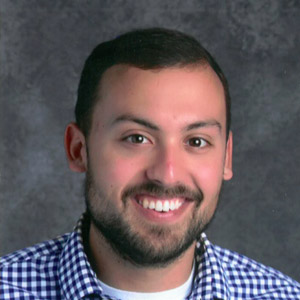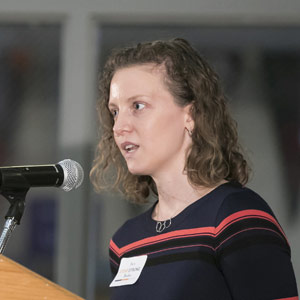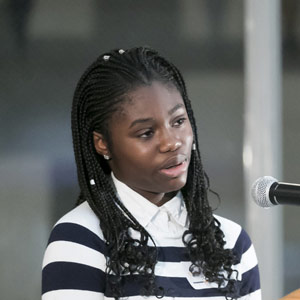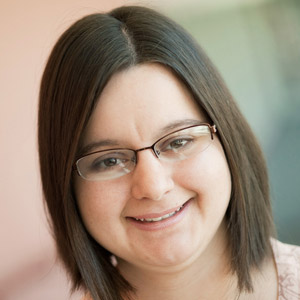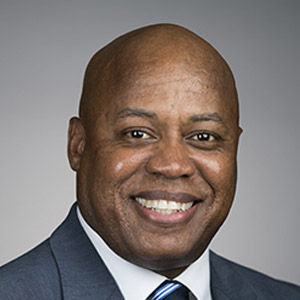“Why did you become a teacher?” It’s an unavoidable question in this profession. Perhaps because there are so many different paths that lead people to teaching. Career-changers looking to escape the cubicle farm; liberal arts undergrads searching for a career; do-gooders seeking to give back to their community. Whenever I was asked, I always gave the joke answer that I decided to become a teacher in the fifth grade, after I realized that ‘astronaut’ wasn’t a realistic profession for a kid who got motion-sick, was scared of heights, and was bad at math.
My real answer was that I became a teacher because I enjoy working with kids and I love helping people.
That was the answer I gave in every education class, casual conversation, and job interview. But one month into my first year of teaching, I found that my rock-solid answer to “Why did you become a teacher?” was suddenly on a shakier foundation.
After getting my Master’s in Secondary Education from the University of Maryland, I was hired by Oakland Mills High School in Columbia, MD. I was asked to teach World History AP, a daunting course that covers 10,000 years of history from across the planet. Still, I looked forward to the challenge, especially the opportunity to teach about Indian history. I am half-Indian and half-white; my mother’s parents emigrated from India in 1963. I grew up eating chicken tikka masala, receiving new clothes on holidays like Diwali, and occasionally going to the Hindu temple with my grandmother. Simultaneously, I grew up eating chicken nuggets, opening Legos on Christmas, and sleeping in on Sundays rather than going to church. Like many other biracial people, I found myself growing up in two different worlds. This duality was further complicated by my relatively light complexion. I have always found that I ‘pass’ for white and have to directly tell people about my half-Indian heritage. I’ve had people guess that I’m Greek, Italian, and even Hispanic, but never half-Indian. I’ve even had to “prove” myself to Indian and Pakistani people by rattling off the names of foods like gulab jamun or aloo paratha, or by correctly pronouncing family names like Lakhshmi and Gopalakrishnan. These experiences caused me to want to make sure my students knew that I was biracial. I made the conscious decision on my first day of teaching to introduce myself to my class by telling them about my education, my hobbies, and my heritage.
Some students were a bit surprised when they learned about my ethnic background and remarked about my light skin color, but they accepted it readily.
After the first month of teaching World History AP, I reached the point in the curriculum where I taught about Hinduism and early Indian history. Excitedly, I brought in some Indian snacks and comic books from my childhood for my students to investigate and enjoy. When I started my lecture, I began by talking about the caste system—the historic social hierarchy in India that divided people into different groups based on their traditional professions. The sudras are the underclass, followed by the vaishyas (merchants/landowners), kshatriyas (kings and warriors), and finally the brahmins (priests and teachers). I explained to my students that while the caste system has been abolished in the modern day, its vestiges can still be seen in Indian society. They were fascinated with the rigidity and finality of the caste system, since they grew up in an American culture that emphasizes “you can be anything you want to be.”
As the lesson was drawing to a close, a student named Ian raised his hand and asked if I knew what caste I was from. I told him that my grandparents were Brahmins. I explained that my grandfather was a professor, my grandmother taught elementary school, my grandfather’s father had been a teacher in his small village of Vilayur, his father had been a teacher, and so on down the line. I got ready to move on to the next slide, but I noticed that the students had paused and were looking curiously at me. Ian questioned me further, “So Mr. Berry, is that why you became a teacher?”
I stopped to look at him, perplexed. What did he mean, is that why I became a teacher?
Another student followed up, “That’s the caste you were born into, right? That’s what your grandparents are. That’s why you’re a teacher, right?”
I stood dumbstruck for a moment as I processed the question. Somehow, I had never thought about the answer in those terms before. I knew that we had many teachers on both sides of my family, but I had never considered it in that context. I paused, looked at my students, and said half-jokingly, “Well, I guess the caste system still exists, after all!” If memory serves, they laughed, but I often overestimate my own sense of humor. As they left for their next class, I found myself replaying the conversation in my head. I had always thought that my decision to become a teacher was just that—my decision. Suddenly, it seemed less like I chose the profession and more like it was chosen for me.
Since that day, I’ve often thought about how deep-seated my connection to teaching is. I’m a descendant not of kings, or of lords, but of teachers. It’s something that I have carried with me every day of teaching since then. I now think that “Why did you become a teacher?” is perhaps not the right question to ask to get the answer that we want. Instead, we should ask “Why are you a teacher?” My answer to that question might change to some degree, but it always comes back to the same foundation. I’ve learned that for me, teaching isn’t just a job, it’s a calling. And much like the caste system, it’s not something that can be easily set aside.


